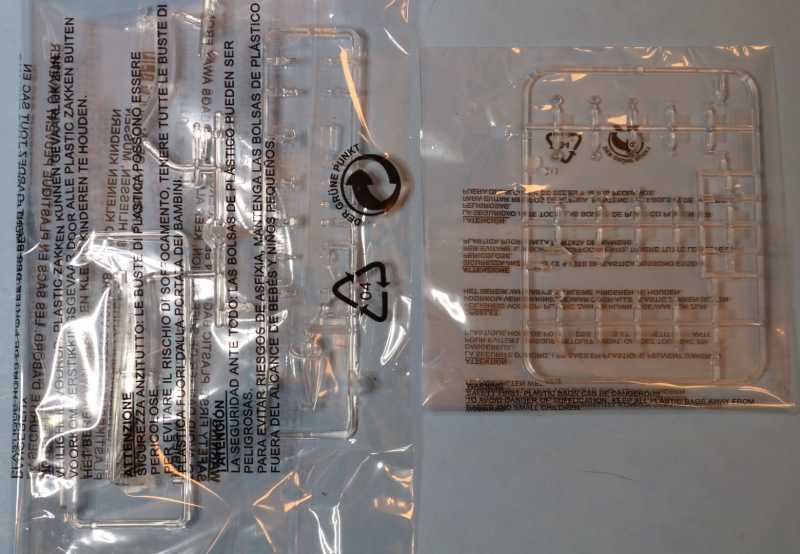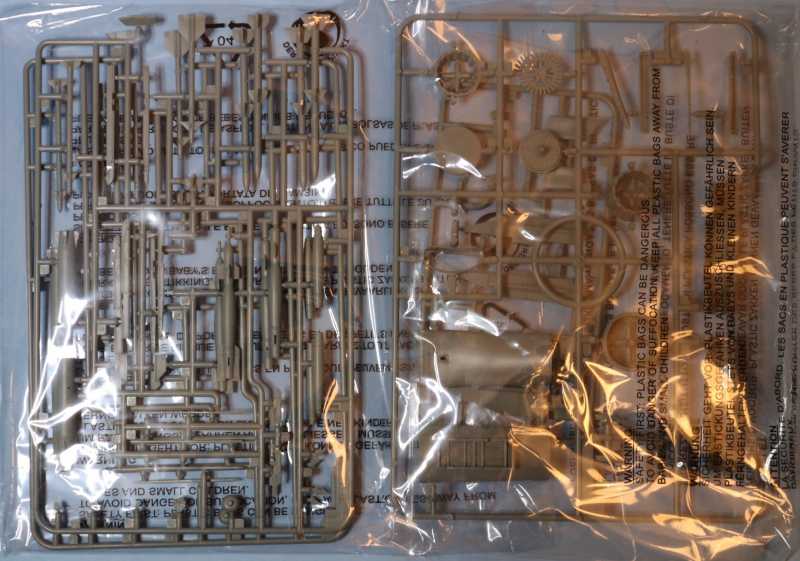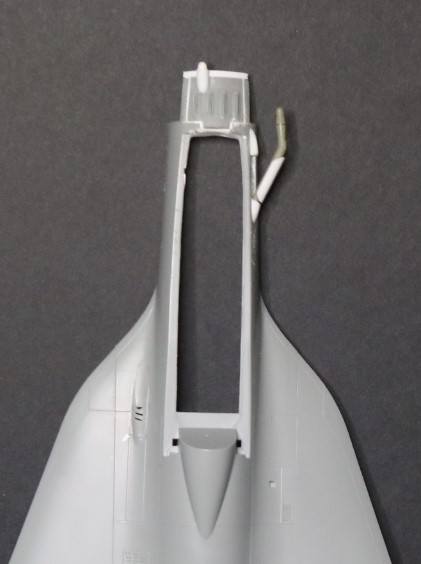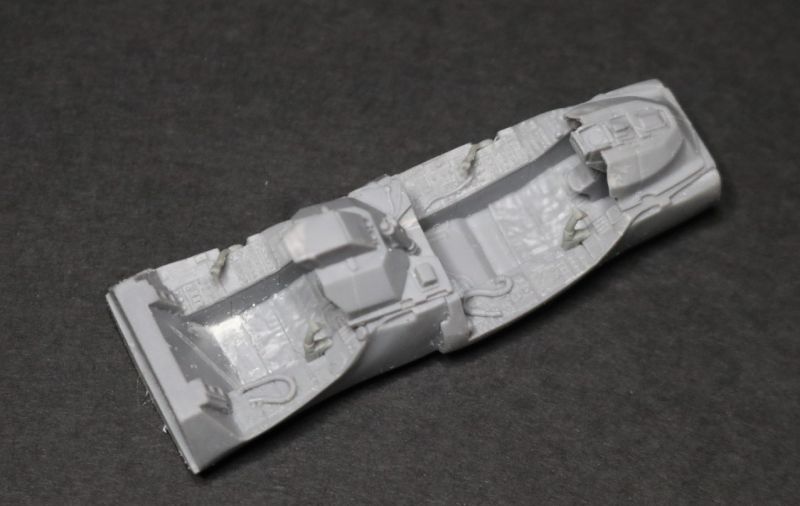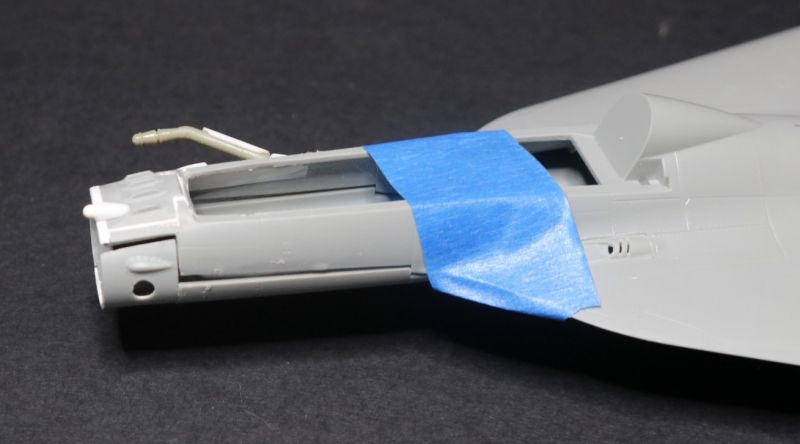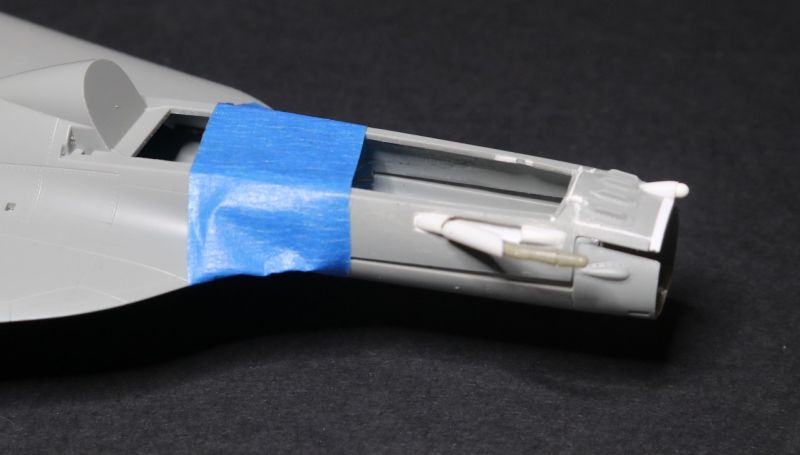RichB
Well-known member
In 1980 the USAF began studies for the Enhanced Tactical Fighter (ETF) program. Preliminary studies had concluded that an upgraded F-111F would meet the program requirements. However, USAF leadership believed that a better option was to develop a dual-role fighter from an existing in-production aircraft. By 1981 the project had evolved into the Dual Role Fighter program that called for an all-weather, day/night, long range interdiction aircraft that could penetrate enemy defences at very low altitude without requiring additional fighter or jamming escorts. There were two contenders in the evaluation, McDonnell Douglas’ F-15B with the aft cockpit modified for a WSO and General Dynamics’ F-16XL2, a highly modified F-16 with a new cranked arrow wing design.
Even before the evaluation began, both companies knew the F-15 would be the “winner” and the Air Force required the “competition” to justify the continued procurement of the F-15. From the beginning, General Dynamics argued to the Air Force that the dual role mission should be given to the F-15 Strike Eagle. They proposed that the F-16XL2 should be optimised for the air-to-surface mission with a backup air-to-air capability, thus the two types would complement each other. Based on their proposal, General Dynamics began preparing a full scale development program for the F-16XL2. However, access to the preliminary findings revealed the USAF’s intention to develop a single-seat F-16XL variant.
Armed with this information, General Dynamics approached the Canadian government with a proposal for a joint test and development centre. A new Canadian Flight Test Centre would be built at CFB Cold Lake that would house AETE and General Dynamics personnel. General Dynamics would use the facility to test upgrades to the existing line of F-16’s as well as test corporate funded projects alongside the CF/DND projects conducted by AETE, sharing expertise and resources whenever possible. General Dynamics believed they could sell this idea to the government based on the long relationship they had as the parent company of Canadair from 1946 to 1976 and the potential of establishing production lines for new products in Canada.
At least, that was the official, public version. Behind closed doors, General Dynamics promoted the world wide potential sales of the strike/interdiction variant, the potential economic and technological boost to Canada and how it would fill strike role following the purchase of 80 CF144 Tomcat’s from Iran after the fall of the Shah. General Dynamics would pay for the construction of the new facility and the Canadian Forces would be the lead customer the new aircraft. A final assembly line would be established at Canadair and contractors across the country would be engaged to supply sub-assemblies.
By mid-1983 the paper work had been signed and the official announcement made. Construction began shortly after and the new facility was opened in the spring of 1985. Within months of the opening of the CFTC, the USAF terminated the F-16XL program, announced in January 1984. While construction of the CFTC was progressing, General Dynamics was starting assembly of three new F-16XL2’s for their in-house development program.
To continue the cover story, General Dynamics began several F-16 test projects in Cold Lake. Commercial transports were routinely arriving bringing personnel and equipment into Cold Lake. Unnoticed in this activity were the arrival of the three F-16XL2’s ready for reassembly. Early testing focused on performance testing with the F-110 engine, F-16C/D avionics and enhancements to the flight control system to fix problems found during the DRF evaluation.
During Phase 1 testing, discussions were being held to finalize the “Canadianization” of the F-16XL2. The main requests were for the addition of an IR sensor and Night Identification Light for the air-to-air role and the biggest modification, the replacement of the USAF refuelling receptacle with the probe and drogue system. General Dynamics’ design team attacked these problems and before long, the first mod kit arrived in Cold Lake. The first airframe was quickly modified and after some testing was officially rolled out as the CF166 Arrow 2 in 1986.
The other two airframes quickly joined the test program following their modification. The production line had been setup, sub-contractors selected and low rate production begun. In 1988, 417 Tactical Fighter (Operational Training) Squadron was stood up and started receiving its first aircraft. The CF166 was declared operational with the formation of 421 Tactical Fighter Squadron in 1989 followed by 427, 439 and 441 Squadrons as aircraft rolled off the production line
The CF166 first saw combat when 439 Sqn deployed on Op Friction, Canada’s contribution to the 1991 Gulf War. They joined the Coalition air fleet in strikes on Iraqi command and control facilities, SCUD and SAM sites, airfields and infrastructure. In 1998 the CF166 was in action again, this time with 441 Sqn joining the NATO air campaign over the former Yugoslavia.
Following their return from Italy, the CF166’s entered the Arrow Modernization Program beginning in 2000. The program was designed to upgrade its air-to-surface and air-to-air capabilities, sensors, defensive systems, communications and data links to current standards. The program was broken into two phases with the last aircraft coming off the mod line in 2008.
In 2006 the upgraded CF166 deployed to Afghanistan in support of the Canadian Battle Group in Khandahar. Through the end of the Canadian combat mission in 2011 all four squadrons were to see action in Afghanistan. Even as operations were winding down in south-west Asia, the CF166 was again based in Italy supporting the NATO no-fly zone over Libya. Their last mission was in support of Coalition forces fighting ISIL in Iraq and Syria. They flew their last mission there in 2016.
The CF166 is about to enter a second modernization program that will include structural upgrades, AESA radar and avionics and software upgrades that will meet the latest military and civil standards. These upgrades will keep the CF166 flying well into the 2030’s.
Cheers,
Rich
Even before the evaluation began, both companies knew the F-15 would be the “winner” and the Air Force required the “competition” to justify the continued procurement of the F-15. From the beginning, General Dynamics argued to the Air Force that the dual role mission should be given to the F-15 Strike Eagle. They proposed that the F-16XL2 should be optimised for the air-to-surface mission with a backup air-to-air capability, thus the two types would complement each other. Based on their proposal, General Dynamics began preparing a full scale development program for the F-16XL2. However, access to the preliminary findings revealed the USAF’s intention to develop a single-seat F-16XL variant.
Armed with this information, General Dynamics approached the Canadian government with a proposal for a joint test and development centre. A new Canadian Flight Test Centre would be built at CFB Cold Lake that would house AETE and General Dynamics personnel. General Dynamics would use the facility to test upgrades to the existing line of F-16’s as well as test corporate funded projects alongside the CF/DND projects conducted by AETE, sharing expertise and resources whenever possible. General Dynamics believed they could sell this idea to the government based on the long relationship they had as the parent company of Canadair from 1946 to 1976 and the potential of establishing production lines for new products in Canada.
At least, that was the official, public version. Behind closed doors, General Dynamics promoted the world wide potential sales of the strike/interdiction variant, the potential economic and technological boost to Canada and how it would fill strike role following the purchase of 80 CF144 Tomcat’s from Iran after the fall of the Shah. General Dynamics would pay for the construction of the new facility and the Canadian Forces would be the lead customer the new aircraft. A final assembly line would be established at Canadair and contractors across the country would be engaged to supply sub-assemblies.
By mid-1983 the paper work had been signed and the official announcement made. Construction began shortly after and the new facility was opened in the spring of 1985. Within months of the opening of the CFTC, the USAF terminated the F-16XL program, announced in January 1984. While construction of the CFTC was progressing, General Dynamics was starting assembly of three new F-16XL2’s for their in-house development program.
To continue the cover story, General Dynamics began several F-16 test projects in Cold Lake. Commercial transports were routinely arriving bringing personnel and equipment into Cold Lake. Unnoticed in this activity were the arrival of the three F-16XL2’s ready for reassembly. Early testing focused on performance testing with the F-110 engine, F-16C/D avionics and enhancements to the flight control system to fix problems found during the DRF evaluation.
During Phase 1 testing, discussions were being held to finalize the “Canadianization” of the F-16XL2. The main requests were for the addition of an IR sensor and Night Identification Light for the air-to-air role and the biggest modification, the replacement of the USAF refuelling receptacle with the probe and drogue system. General Dynamics’ design team attacked these problems and before long, the first mod kit arrived in Cold Lake. The first airframe was quickly modified and after some testing was officially rolled out as the CF166 Arrow 2 in 1986.
The other two airframes quickly joined the test program following their modification. The production line had been setup, sub-contractors selected and low rate production begun. In 1988, 417 Tactical Fighter (Operational Training) Squadron was stood up and started receiving its first aircraft. The CF166 was declared operational with the formation of 421 Tactical Fighter Squadron in 1989 followed by 427, 439 and 441 Squadrons as aircraft rolled off the production line
The CF166 first saw combat when 439 Sqn deployed on Op Friction, Canada’s contribution to the 1991 Gulf War. They joined the Coalition air fleet in strikes on Iraqi command and control facilities, SCUD and SAM sites, airfields and infrastructure. In 1998 the CF166 was in action again, this time with 441 Sqn joining the NATO air campaign over the former Yugoslavia.
Following their return from Italy, the CF166’s entered the Arrow Modernization Program beginning in 2000. The program was designed to upgrade its air-to-surface and air-to-air capabilities, sensors, defensive systems, communications and data links to current standards. The program was broken into two phases with the last aircraft coming off the mod line in 2008.
In 2006 the upgraded CF166 deployed to Afghanistan in support of the Canadian Battle Group in Khandahar. Through the end of the Canadian combat mission in 2011 all four squadrons were to see action in Afghanistan. Even as operations were winding down in south-west Asia, the CF166 was again based in Italy supporting the NATO no-fly zone over Libya. Their last mission was in support of Coalition forces fighting ISIL in Iraq and Syria. They flew their last mission there in 2016.
The CF166 is about to enter a second modernization program that will include structural upgrades, AESA radar and avionics and software upgrades that will meet the latest military and civil standards. These upgrades will keep the CF166 flying well into the 2030’s.
Cheers,
Rich




